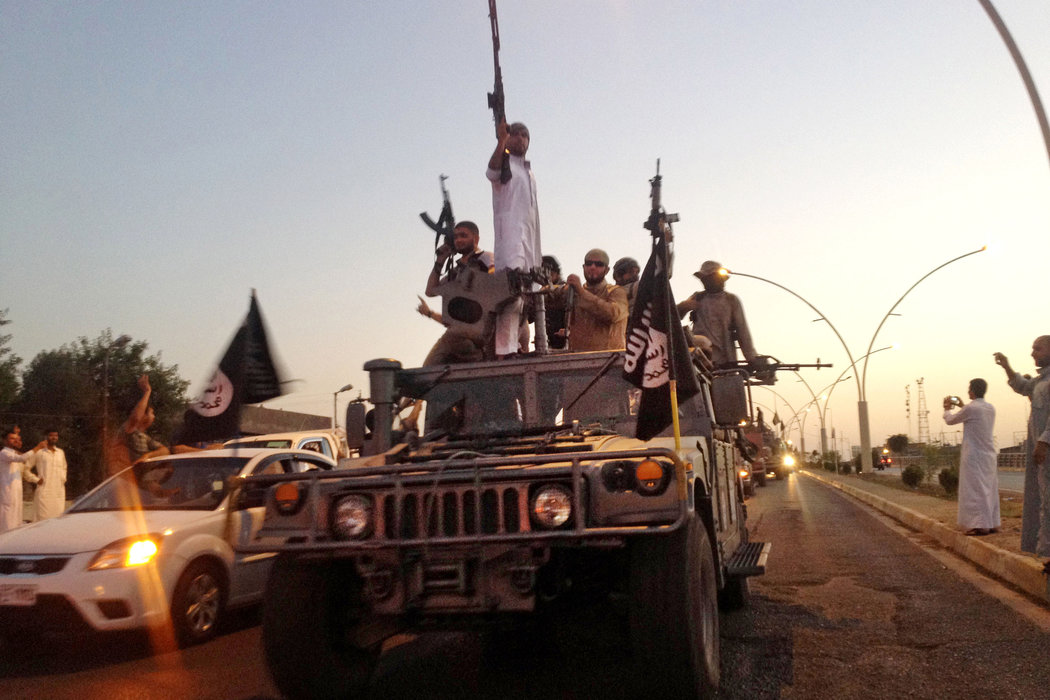
Juin 2014. L’EI parade à Mossoul, avec du matériel militaire américain pris, souvent sans combattre, à l’armée irakienne. Photo Associated Press.
Avant-propos
Le présent article a été écrit en juillet 2016, et publié par la Revue Militaire Suisse (RMS+) dans son numéro thématique 1-2016 paru en août. Le thème de ce numéro était le jihadisme et ses activités combattantes et terroristes. Le lecteur trouvera ici des références héritées de ce passé si proche, et pourtant si lointain déjà. Barack Obama était président des Etats-Unis. Jabhat al-Nusra venait à peine de devenir Jabhat Fath al-Sham. Bachar al-Assad n’avait pas encore pris Alep Est. La sanglante bataille pour reprendre Mossoul à l’EI n’avait pas encore commencé. Abu Mohammad al-Adnani était encore de ce monde. Et ainsi de suite. Il m’a pourtant semblé intéressant de rendre aujourd’hui cet article librement accessible au plus grand nombre. Je crois en effet qu’une bonne part de son contenu mérite encore réflexion, et pour longtemps. En particulier les interrogations sur lesquelles il débouche. En ces temps où l’on assimile, à tort, le terrorisme jihadiste au seul EI, il est urgent de revenir à deux réalités: premièrement, il existe d’autres mouvements terroristes jihadistes, anciens et persistants; deuxièmement, les grands mouvements jihadistes mutent au gré des contraintes et des retours d’expérience. Il est vain d’essayer de les combattre avec une efficacité durable si l’on s’enferme dans des modes de pensée linéaires et statiques.
Qu’il me soit permis, pour conclure cet avant-propos, de remercier la RMS+ et le capitaine Grégoire Chambaz, avec qui j’ai eu grand plaisir à échanger dans le cadre de ma contribution à ce numéro thématique.
Honoré et heureux d’avoir eu la chance de contribuer au n° thématique 1-2016 de la Revue Militaire Suisse! pic.twitter.com/DgvFmT9ne6
— Jean-Marc LAFON (@Aquila2407) 16 septembre 2016
Le choc : l’offensive de l’été 2014 en Irak
A l’été 2014, les médias occidentaux, incrédules, accrurent nettement leur couverture de l’actualité irakienne quand un groupe jihadiste déferla sur le nord du pays. Le grand public découvrait cet « Etat Islamique en Irak et au Levant », dont on n’avait guère entendu parler que dans les brèves dédiées à la guerre civile syrienne et à l’occasion de la couverture distraite des événements irakiens du premier semestre 2014. Ces derniers virent pourtant cette organisation disputer au gouvernement irakien le contrôle de pans entiers de la grande province d’al-Anbar, à l’ouest du pays. Continue reading



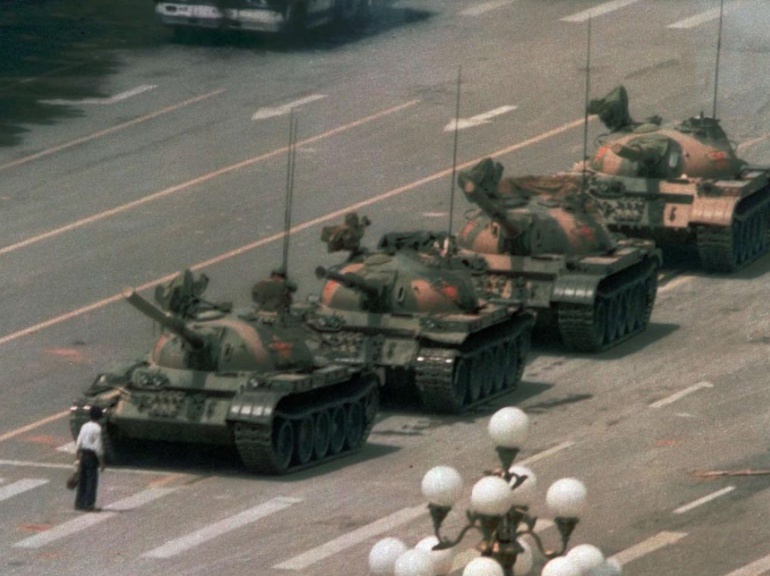
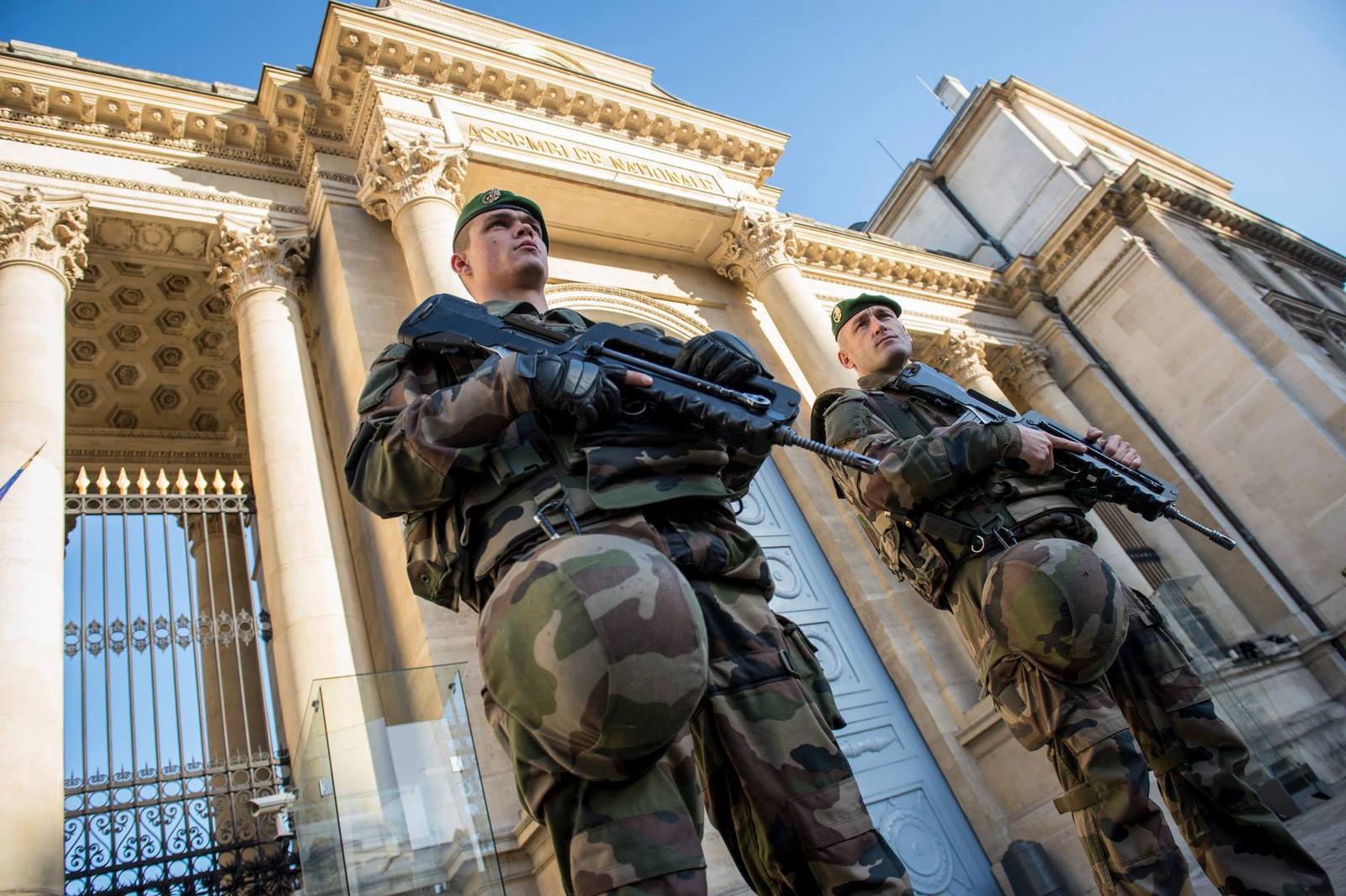
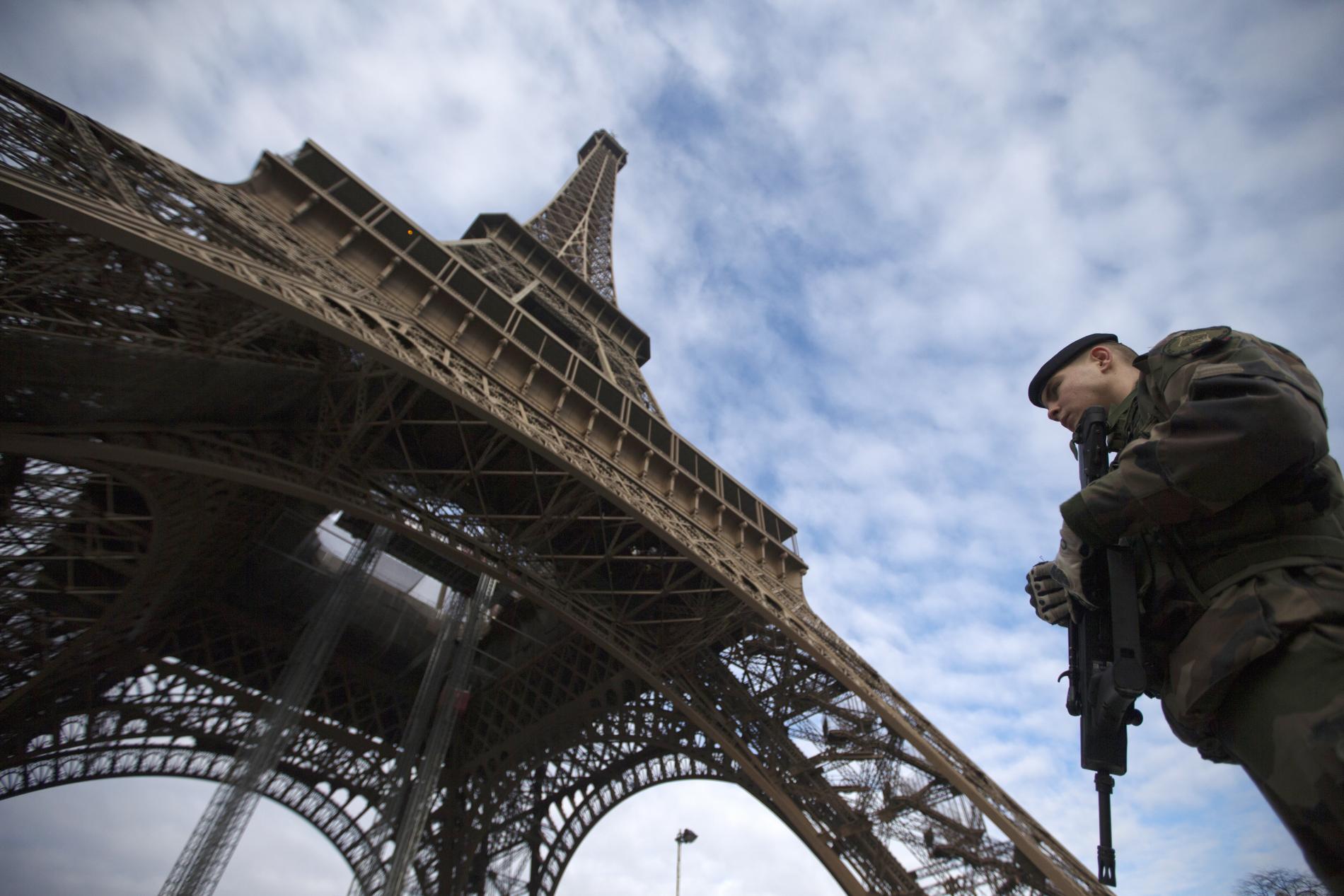

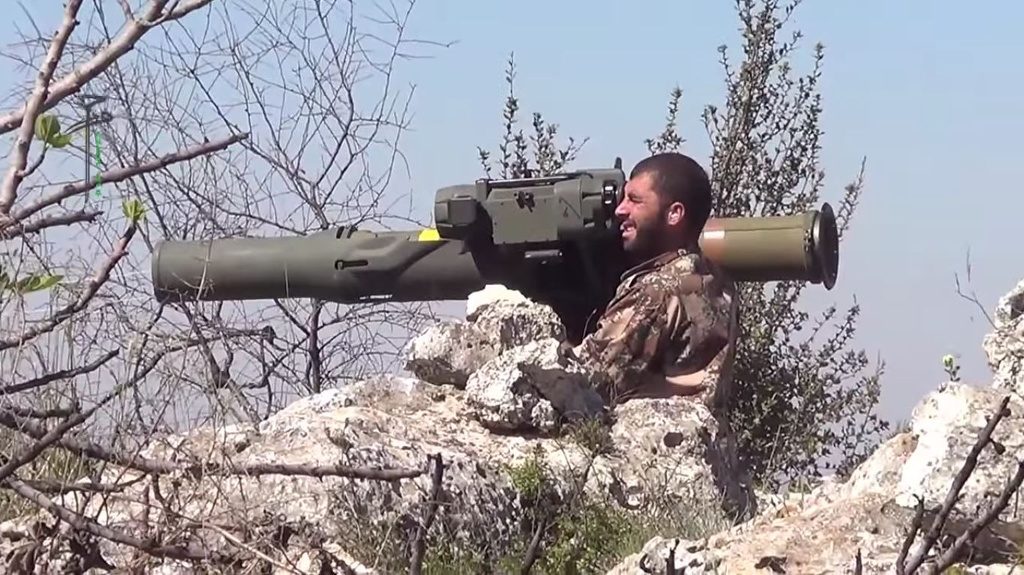
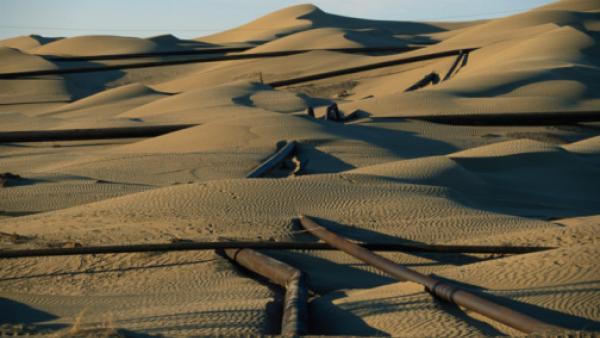
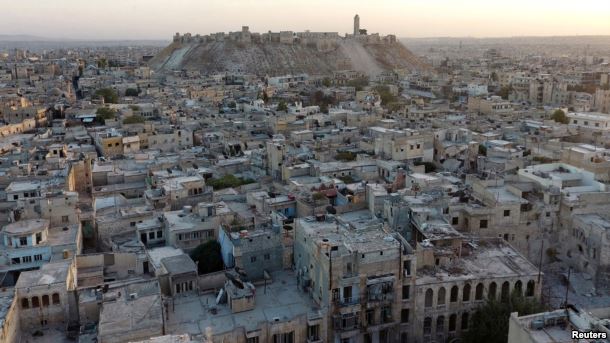 En décembre 2016, la dernière poche rebelle d’Alep Est réduite à quelques km2 est en passe d’être submergée par les forces pro-régime. Il nous est apparu opportun de revenir sur l’histoire de cette bataille, symptomatique des évolutions, des impasses dans lesquelles les différents protagonistes se sont enfermés au cours d’un conflit qui leur échappe. Cet article est la suite d’un premier article sur
En décembre 2016, la dernière poche rebelle d’Alep Est réduite à quelques km2 est en passe d’être submergée par les forces pro-régime. Il nous est apparu opportun de revenir sur l’histoire de cette bataille, symptomatique des évolutions, des impasses dans lesquelles les différents protagonistes se sont enfermés au cours d’un conflit qui leur échappe. Cet article est la suite d’un premier article sur 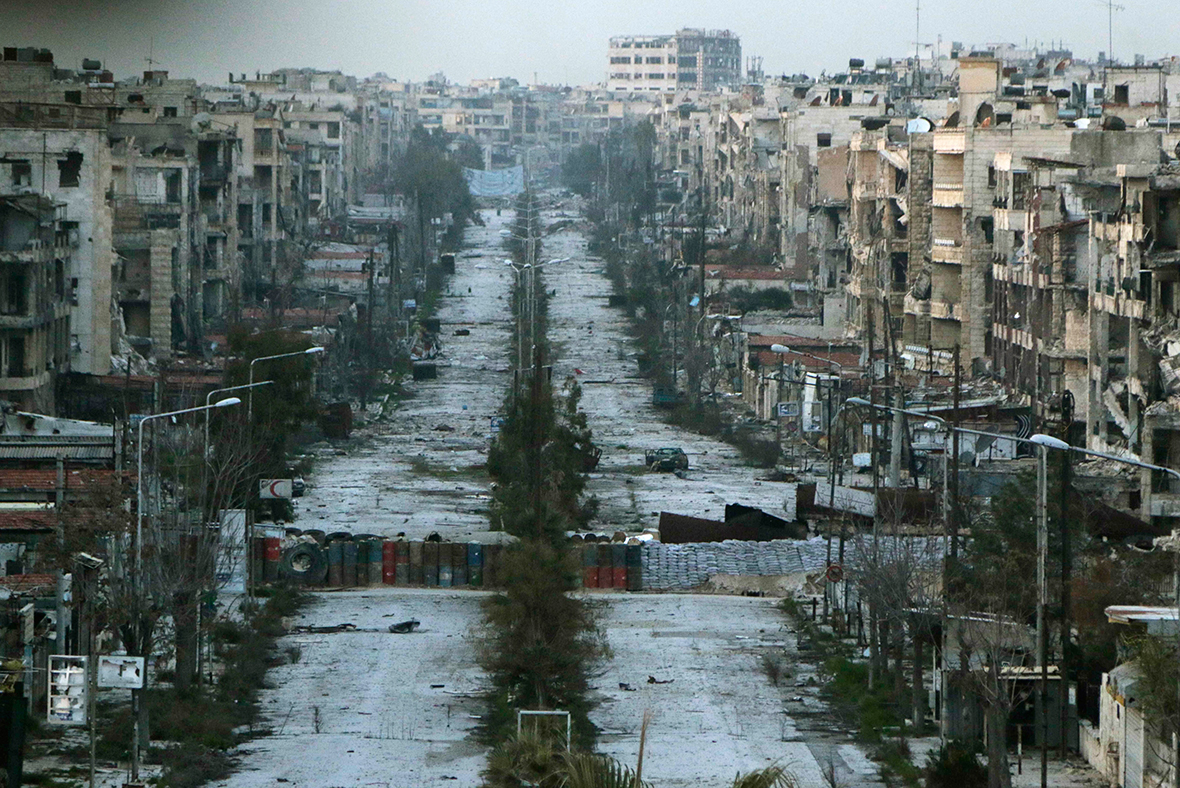 Alors que le régime proclame sa victoire et que les rebelles s’accrochent à leurs derniers quartiers dans le sud-est de la ville, il est apparu utile de revenir sur l’histoire de la bataille d’Alep, analysée sur le temps long.
Alors que le régime proclame sa victoire et que les rebelles s’accrochent à leurs derniers quartiers dans le sud-est de la ville, il est apparu utile de revenir sur l’histoire de la bataille d’Alep, analysée sur le temps long.
